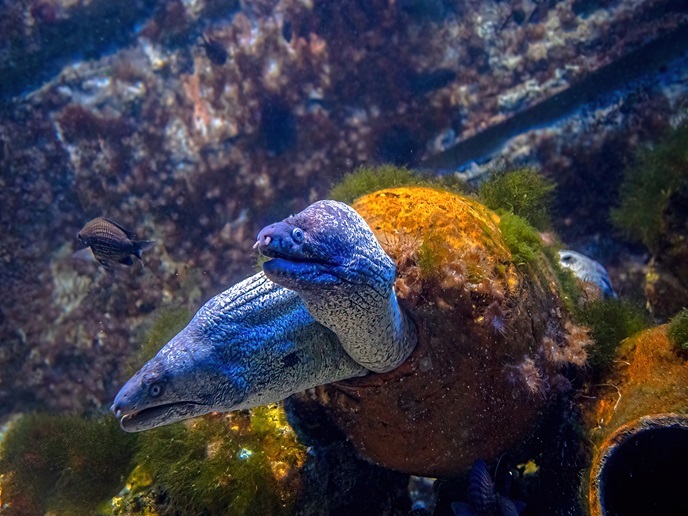New concepts lead to cheaper wave energy
The EU-funded project POLYWEC(opens in new window) (New mechanisms and concepts for exploiting electroactive polymers for wave energy conversion) developed a new class of polymeric WECs that use dielectric elastomer generators (DEGs), to make wave energy commercially viable. DEGs are deformable capacitors made with dielectric rubber films and compliant electrode layers that can be used to convert mechanical energy into electricity by the variable capacitance electrostatic generation principle. Compared to conventional technologies, DEGs boast large energy densities, extremely low costs, direct drive and cyclic operation, good shock and corrosion resistance, silent operation, high efficiency and moderate-to-low operation costs. These features make them a potential game-changing technology through the realisation of cheap solid-state rubber-made WECs, which are free of moving rigid components and mechanisms. Project partners comprised an interdisciplinary group of scientists and engineers from academia and industry, who began by designing different DEG-based WECs based on the principles of a heaving buoy, a surging flap and the oscillating water column principle. POLYWEC created coupled models based on a hydrodynamic approach for wave energy and analytic models for the electro-hyperelastic response of generators for predicting the dynamic response of polymeric WECs. The accurate and validated electro-hyperelastic-hydrodynamic models developed by researchers made it possible to describe mathematically the response of DEG-based WECs. Beside the wave energy sector, such models could be employed in the biomedical sector for simulating the interaction between fluids and soft electrochemical medical devices. Researchers designed an inflatable circular membrane made by a layers of insulating rubber separated by layers of conductive rubber referred to as circular diaphragm (CD-DEG). The CD-DEG can be employed as an alternative to the traditional air turbine. Scaled experimental devices were also designed and tested using power in the 1-4 W range which is representative of several hundreds of kilowatt in the real scale. This has provided an important step forward in the use of DEGs for the wave energy sector.







